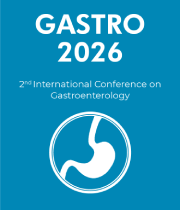Nasogastric
A nasogastric tube (NG tube) is a medical device used to deliver liquid nutrition, medications, and other treatments directly into the stomach through the nose. It is typically inserted by a health professional, such as a doctor, nurse, or dietitian. The tube may be used for a variety of medical conditions and treatments, including providing nutrition in cases where an individual cannot eat, administering medications, and draining fluid from the stomach. The NG tube is a flexible tube that is inserted through the nose, down the esophagus, and into the stomach. It is usually secured in place with adhesive tape and can be removed by the patient or caregiver. The tube is typically used to deliver liquid nutrition, such as formula, broth, or electrolyte solutions. It can also be used to administer medications and other treatments. In some cases, the NG tube is used to drain fluid from the stomach. This is typically done when the individual is suffering from a condition that causes their stomach to produce too much fluid, such as gastroparesis. In other cases, the NG tube may be used to remove fluid from the stomach to reduce pressure in the gastrointestinal tract. In addition to providing nutrition and administering medications, the NG tube can also be used to monitor the health of the stomach. For example, the tube can be used to measure the pH levels in the stomach, as well as to collect samples of stomach contents. This can be helpful in diagnosing and treating gastrointestinal conditions. The NG tube is a useful and versatile medical device that can be used to provide nutrition, administer medications and other treatments, and monitor the health of the stomach. It is typically inserted by a health professional and can be easily removed by the patient or caregiver.



